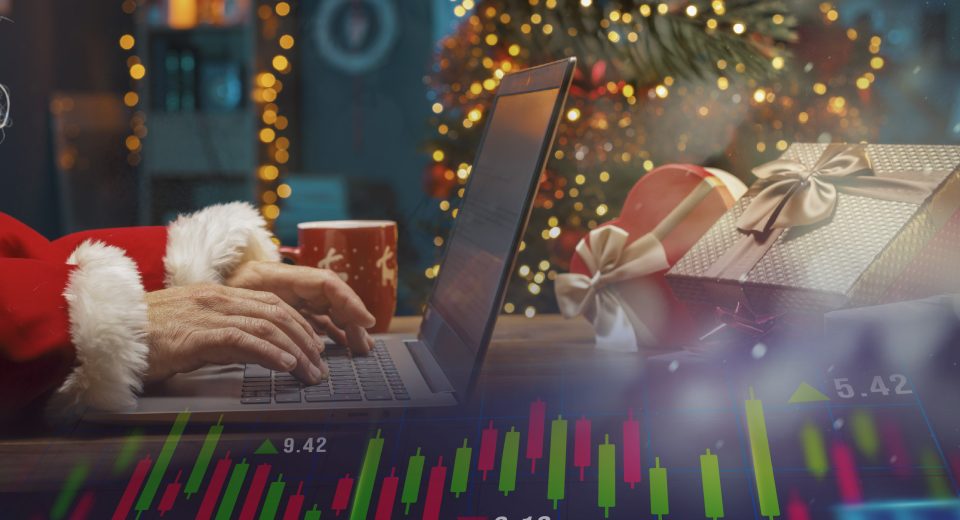Range Bars vs Line Charts

Charts are an integral part of technical analysis, which often forms the basis of forex trading or trading in other financial instruments. A vast variety of charts are used to analyse the movement in prices, although the simplest of all are Line Charts, created by connecting a series of data points together with a line. These charts are the most basic, connecting a series of past prices and thereby giving traders a fair idea about the price movement in the past, over a given time frame.
Line charts can be also based on the median price, opening price, lows or highs. In addition, line chart traders use a variety of charts, including range bars and candlestick charts, to analyse the price scenario and make their trading decisions accordingly.
Line charts are usually applied in the graphic method of forecasting and help in identifying patterns, as well as support and resistance level. However, a line chart is not an analytical tool and therefore cannot be used to predict prices.
Need for Range Bars
Traditionally, time-based charts have been used to analyse price movements in the financial markets and include charts based on varying time periods of five minutes to an hour to daily. But, a major lacuna of these charts is that they do not reflect the volatility and volume of trade at that time. It is to rectify this that the range bars were developed.
Vicente Nicolellis, a Brazilian trader and broker, noticed that markets are quite volatile and wished to develop a chart that would help him use this volatility to his advantage. Consequently, he developed Range Bars, based on price alone and not time. These bars are gaining popularity as a tool to interpret volatility in the markets.
Now, the number of bars printed in a range bar depends on the level of volatility and volume of trade. So, a range bar will have more bars in times of higher volatility and lesser bars in times of low volatility. The number of range bars created during a trading session will also depend on the instrument being charted and the specified price movement of the range bar. Here are the three basic rules of range bars:
- Each range bar must have a high/low range that equals the specified range, which depends on the volatility of the instrument and its average daily range. In some cases, the range may also be dependent on an individual trader’s trading style. Short term traders may wish to look at smaller price movements and thus set a small range bar setting. Similarly, long term traders may keep range bar settings on the basis of the instrument’s larger price moves.
- Each range bar must open outside the high/low range of the previous bar.
- Each range bar must close at either its high or its low.
These range bars can be quite helpful to traders when the market is consolidating. If the market is in a range, moving sideways, a bar will not get printed until a certain degree of price movement has occurred. Traders can even draw areas of support and resistance, as well as trendlines or use any other indicators, when the market is moving sideways. Another advantage of range bars is that they help traders view price in a consolidated form. The frequent bouncing back and forth of prices in a narrow range gets reduced to a single bar or maybe two, since a new bar will not be printed until the full specified range has been fulfilled.
In conclusion, line charts are the simplest tools that provide information about the historical price movement over a specific time period, range bars help in analysing the volatility level. Range bars may not be a technical indicator but are highly useful tools that help traders identify trends and interpret the volatility.
Disclaimer
If you liked this educational article please consult our Risk Disclosure Notice before starting to trade. Trading leveraged products involves a high level of risk. You may lose more than your invested capital.




